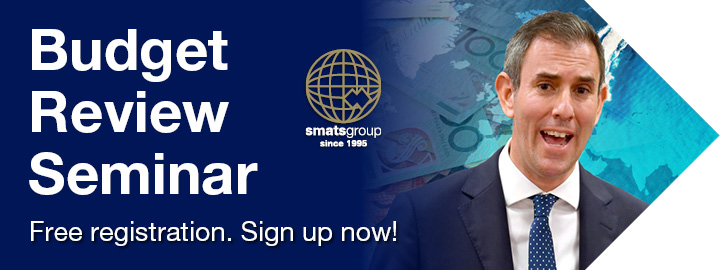The Brisbane suburbs, regions set for Olympic-sized price rises
Infrastructure spending for the 2032 Olympic Games has lifted Brisbane's capital growth prospects, and the property investment potential in some parts of regional Queensland, up another notch.
For many years, the Brisbane property market was the bridesmaid. It had all the fundamentals in place for significant property price growth, but for whatever reason it just never made it down the aisle – until now.
The stars have finally aligned, with a number of important factors falling into place to ensure 2024 will be Brisbane’s time to shine.
It started bubbling away during the pandemic, which placed Brisbane on the radar of southern buyers seeking a warmer climate, a better lifestyle and cheaper property prices, particularly for those who could keep their Sydney or Melbourne incomes and work from home in a more affordable city.
That growing demand, coupled with billions of dollars’ worth of infrastructure spending, either underway or proposed as a result of the upcoming 2032 Olympic and Paralympic Games, has taken the Brisbane market up another notch.
In 2023 Brisbane had Australia’s second-highest rate of growth in median prices, both for houses and apartments (marginally behind Perth).
In 2024 it will top that list. In the new Rising Stars report put together by Hotspotting for comparison website Canstar (which uses five metrics to rank the nation’s city and regional markets), Brisbane is named as the number one market in the nation for price growth.
Buyer demand in Brisbane is strong, transaction numbers are rising across most markets and what makes it especially appealing for investors is that vacancy rates remain extremely low - below 1 per cent in most suburbs - as rents continue to rise.
Olympic-sized property legacy
It’s true other capital cities have low vacancy rates and rising rents too, but it’s the infrastructure spending that places Brisbane above the rest of the pack.
You’d be wrong to think it’s just a few stadiums to host Olympic events which won’t have a lasting effect on the Brisbane economy and housing market. Brisbane already has a massive program of infrastructure projects under construction, including the $6.3 billion Cross River Rail, the $1.7 billion Brisbane Metro project and $5 billion in upgrades to Brisbane Airport.
Preparations for the Games will add to that momentum. Research by KPMG estimates the 2032 Olympics will deliver $8.1 billion in direct economic benefits to the Queensland economy and create 91,600 jobs over the next 20 years.
It says increased international tourism and trade from the Olympics could deliver benefits worth between $4.6 billion and $8.5 billion nationally.
Major infrastructure projects, no matter for what purpose, create activity and wealth throughout the local economy and generate jobs, which inevitably translates into demand for homes.
That momentum has already started to translate to price growth, with 70 per cent of suburbs across Brisbane recording good quarterly growth in their median prices and about 90 per cent of its suburbs achieving rental growth above 10 per cent in the past year.
As the pace of infrastructure development picks up the closer as we move toward 2032, so too will demand for housing and with a shortage of supply that will lead to further price growth.
Even after the growth of 2023, there are still opportunities for investors to secure affordable properties within the Greater Brisbane area that will offer solid returns.
These include suburbs such as Bellbird Park in Ipswich where investors can still buy in the $400,000s and vacancy rates in March were just 1 per cent. Median asking rents for houses have increased 8 per cent in the past 12 months.
Closer to the city, as more buyers opt for apartments for lifestyle and affordability, Bowen Hills is also worthy of consideration.
With a median unit price of just $430,000 and a vacancy rate of 1.2 per cent, asking rents for units are now $680 per week, just $10 per week below the median asking rent for houses. And unit rents have increased by 12 per cent in the past 12 months.
Regional Queensland real estate impact
The growth won’t all be focused on Brisbane suburbs in 2024, as the boost to the economy is set to impact parts of regional Queensland as well. I believe it is poised to once again be one of the leading regional markets in Australia.
It had the second-highest growth in its median house price (up 8.6 per cent) in 2023 among the regional markets, and the second-highest growth in the median unit price (up 9.1 per cent), after Western Australia.
I expect regional Queensland to do as well, or better, in 2024. Particularly markets around major centres including the Gold Coast, Gladstone, Townsville, Cairns, Rockhampton and Toowoomba.





















